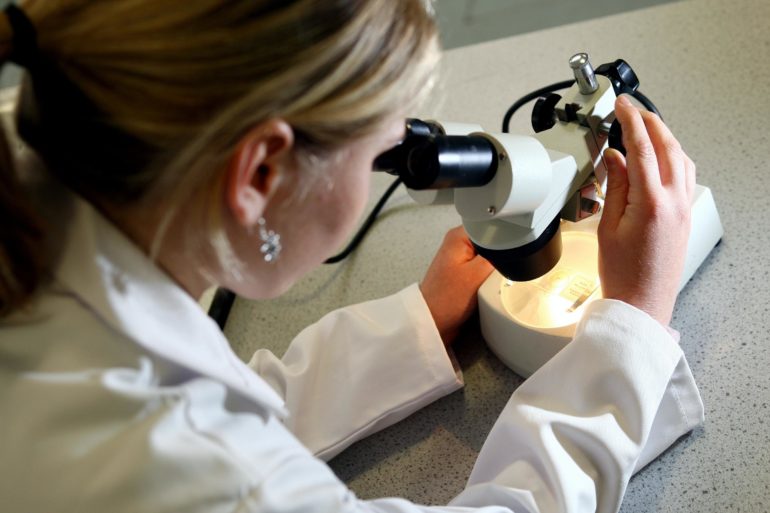Animals that live slowly—breeding less rapidly and living longer—could be “reservoirs” of diseases that could jump to new species including humans, new research suggests.
Some species “live fast and die young”, devoting effort to reproduction, while others conserve more energy for survival.
The COVID-19 pandemic has drawn attention to fast-spreading infectious diseases, but the new study—by the University of Exeter—focusses on “endemic” diseases that co-exist with host species for long periods of time.
The researchers measured what they called “demographic competence”—the ability of a host species to survive in large numbers while sustaining high levels of infection.
They showed that slow-lived species often have higher demographic competence for persistent infections, and are therefore more likely to act as reservoirs of infection that can spill over into other species.
“Diseases of wildlife pose a threat to the survival of endangered species worldwide, and we know there is risk of spill-over of disease between closely related species of wildlife, livestock and humans,” said Professor Dave Hodgson, director of the Centre for Ecology and Conservation on Exeter’s Penryn Campus in Cornwall.
“These spill-over events are known to be influenced by similarities in immune systems, and by increasing levels of contact between humans and wildlife caused by exploitation of natural ecosystems like rainforests.
“Our findings highlight the potential to use other, more ecological, characteristics like lifespan, reproductive capacity and population size to identify and predict the wildlife reservoirs from which new diseases could emerge.”
The researchers used mathematical models to explore what kinds of animal species and pathogens (diseases) are likely to co-exist for long periods.
“As well as finding that slow-living species may be reservoirs of infectious disease, we show a ‘flip-side’ whereby species with low demographic competence may not be able to co-exist with new diseases and might therefore suffer local or complete extinction,” said Dr. Matthew Silk, of the University of Exeter.
“It is important to note that pace-of-life in the host species isn’t the only important factor affecting ‘demographic competence’.
“Traits of the pathogen itself—such as how easily it is transmitted and how likely it is to kill a host—will also play a key role, as will the social behaviour of the host species.
“We must also consider the role of immunity. Differences in immune systems that we know exist between fast and slow hosts can influence how long individuals are ill and whether they can be re-infected.”
The paper, published in the journal Nature Ecology and Evolution, is entitled: “Life history and population regulation shape demographic competence and influence the maintenance of endemic disease.”
Scientists pinpoint possible reasons for successful cross-species viral spread
More information:
Life history and population regulation shape demographic competence and influence the maintenance of endemic disease, DOI: 10.1038/s41559-020-01333-8 , www.nature.com/articles/s41559-020-01333-8
Provided by
University of Exeter
Citation:
Slow-living animal species could be disease ‘reservoirs’ (2020, November 9)
retrieved 9 November 2020
from https://phys.org/news/2020-11-slow-living-animal-species-disease-reservoirs.html
This document is subject to copyright. Apart from any fair dealing for the purpose of private study or research, no
part may be reproduced without the written permission. The content is provided for information purposes only.



